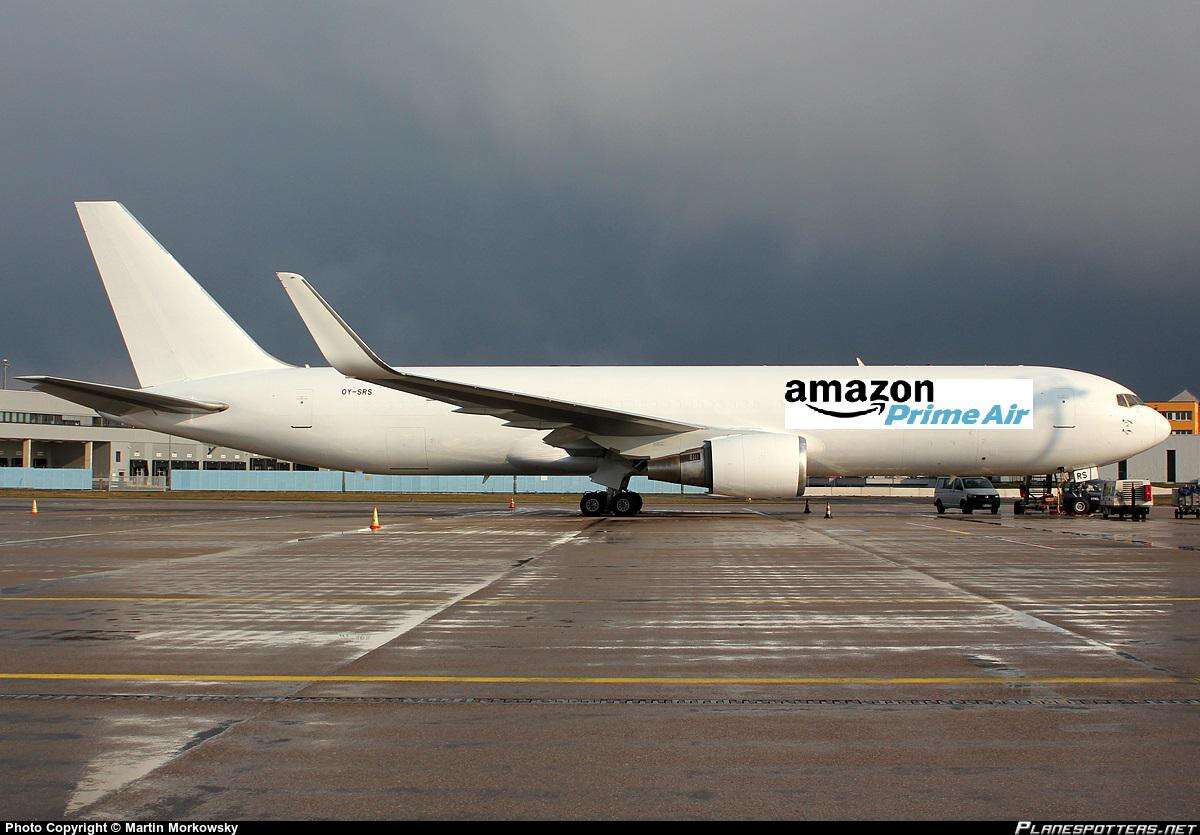Introducton
Container transportation underpins international trade, transporting goods that are made from where they were created to different points on the world. The path of container transportation from generation, deployment in production and maintenance is a series of stages. This again is important for shippers, logistics providers and supply chain managers to maintain the working capital simultaneously ensuring on time delivery of goods. Conveyance of Container from Source to Destination Phase
The Root: Packing Your Cargo
The journey starts at the point of origin where goods are boxed and prepared for shipment. This step covers adhering to type-specific packaging and documentation rules for your cargo. Stack the goods neatly so that they cannot be damaged before delivery. There are checks required through international borders for a smooth journey, where at the initial and during export inspection as well customs clearance.
Delivery to the Loading Port
Transport of when cargo is prepared for shipping to the port at which it will be loaded. In this phase of the journey, The load carries travels by inland means (for example, trucks/trains/barges). Safety is paramount at every step of this process and we take exhaustive precautions to protect your cargo from harm or loss. Similarly, tracking and monitoring systems are employed to make sure the cargo is where it needs to be 24/7.
Port Activities: Ship Loading
Containers ready for loading on-board the ship at port At this stage of operations in ports is to care about fast container terminal processes necessary before and during proper cargo lift. Ships stowage planning plays a crucial role in safe and efficient carriage of containers at sea. This balances how much weights are allocated, what kind of cargo and what size vessel it is taken to the final port. Similarly, documentation and formalities at the port are important as well bills of lading, customs declarations and other paper work.
Ocean Transport: The Voyage
In ocean transport segment, it is the scheduling and routing of ship that has to take into account weather constraints,port congestion,fuel consumption. Also, the way the loaded containers are stowed on board is important and checks with this happen all of times to make certain that they have not been damaged. In-transit visibility and push communication allow all parties to know cargo status / ETA (unittest method).
Port Operations — During Offloading at Destination Port
When transiting to the receiving port, unloading will occur with terminal operations similar to that at the offending. It will take a minimum of 7 days for the products to be delivered from India, customs clearance at destination port is one crucial point in making your delivery timelines. Further, there should be a capability of integration with the local logistics providers for on-time delivery of cargo to its last mile.
Ground transportation to your final destination
That Final Mile — the last link of a chain between hub and doorstep (or loading dock, as it were), when urban congestion takes over challenging bare-bones final-mile delivery. The transportation lifecycle ends with customer notifications and receipt confirmations the where delivery integrity and security remain as top level driver.
At destination: Container return Handling
The following happens after delivery:Empty container return and handling That also entails doing reverse logistics; making sure you get back to wherever your empty containers are and bring them home, or anywhere else. This stage also involves providing container maintenance and repair, ensuring the containers are fit for purpose. Empty Container repositioning are typically driven by an initiative of sustainability to lower carbon footprint and to minimize empty miles.
The docs & records
Sloutions Include Good Documentation and Records EnsureEnd-to-End Data Protection Customs clearance and cargo track also require another documentation among them are the bills of lading, commercial invoices, packing list. Additionally, you need to be sure that your international shipping game is on point so as not to slow down the process or get slapped with fines. Transformation of the papers into electronic forms has offered numerous benefits from decreasing overwhelming paper load, boosting data processing speed, to improving data validity.
Conclusion
A container transportation operation goes through a long twisting process from an operator to its offshore counterpart. Nonetheless, understanding the steps by which these stages continue on and the related challenges then businesses are able to efficiently monitor their supply chain making sure that there smooth deliveries take place in restricted time frames. These are the advancements that keep up with current times for a growing industry, and these should be considered moving forward to ensure demand is met accordingly.
Table of Contents
- Introducton
- The Root: Packing Your Cargo
- Delivery to the Loading Port
- Port Activities: Ship Loading
- Ocean Transport: The Voyage
- Port Operations — During Offloading at Destination Port
- Ground transportation to your final destination
- At destination: Container return Handling
- The docs & records
- Conclusion

 EN
EN
 AR
AR
 DA
DA
 NL
NL
 FI
FI
 FR
FR
 DE
DE
 EL
EL
 IT
IT
 JA
JA
 PL
PL
 PT
PT
 RU
RU
 ES
ES
